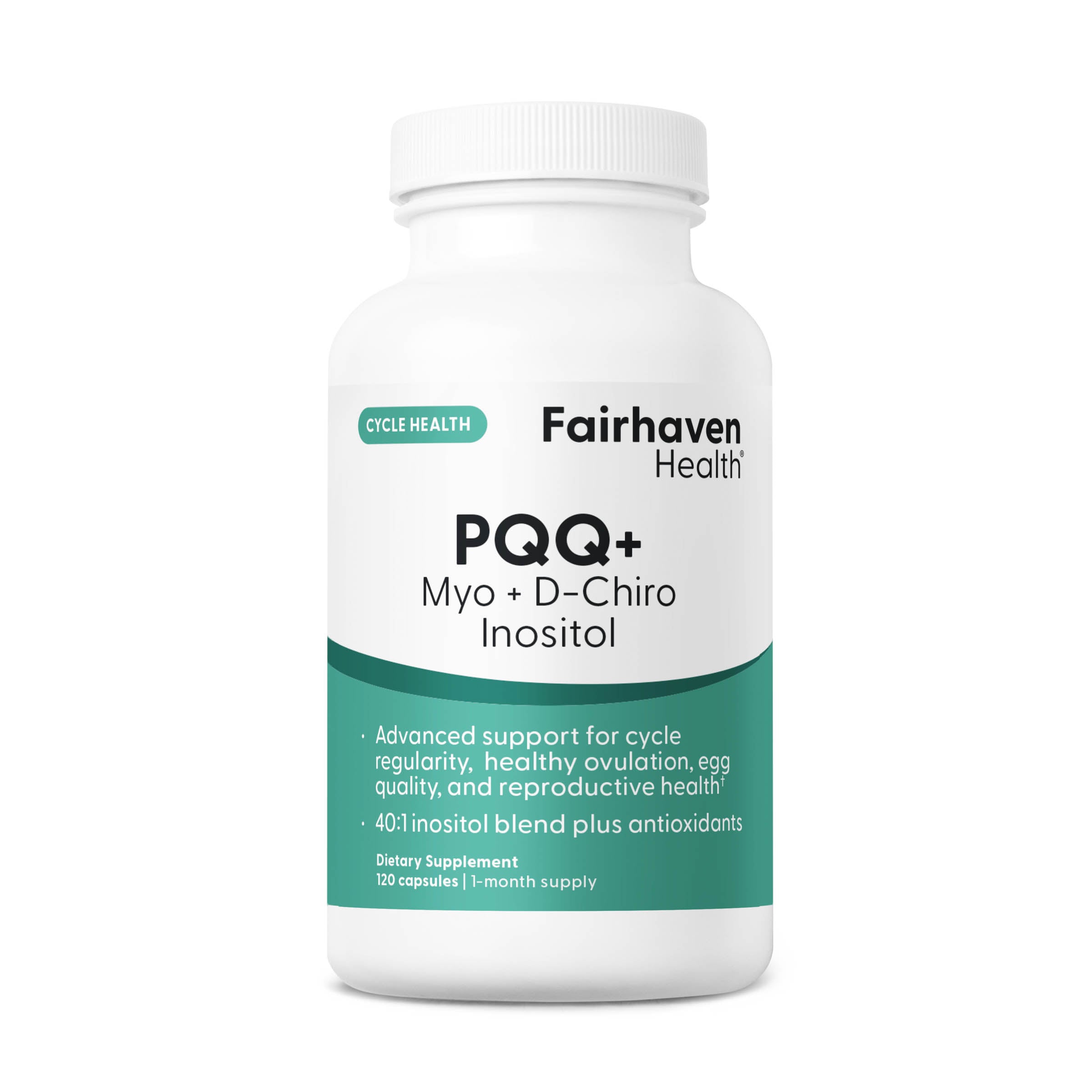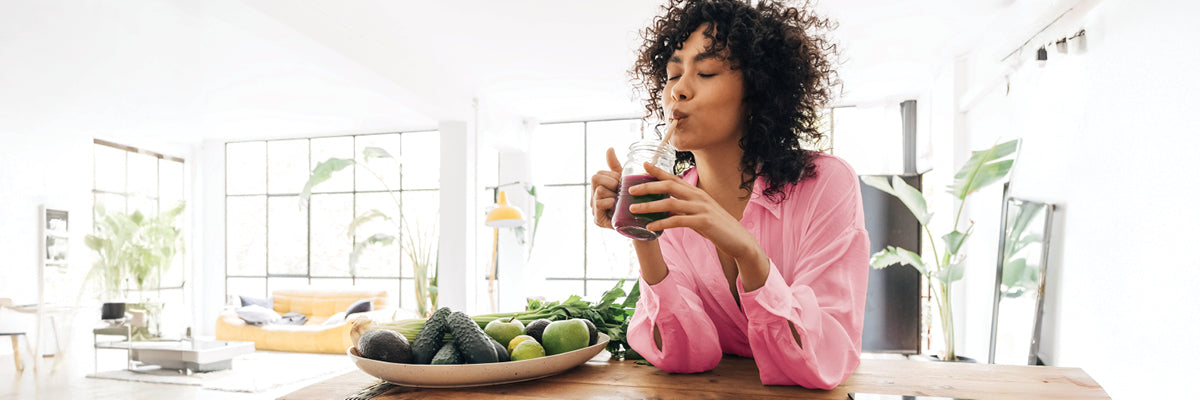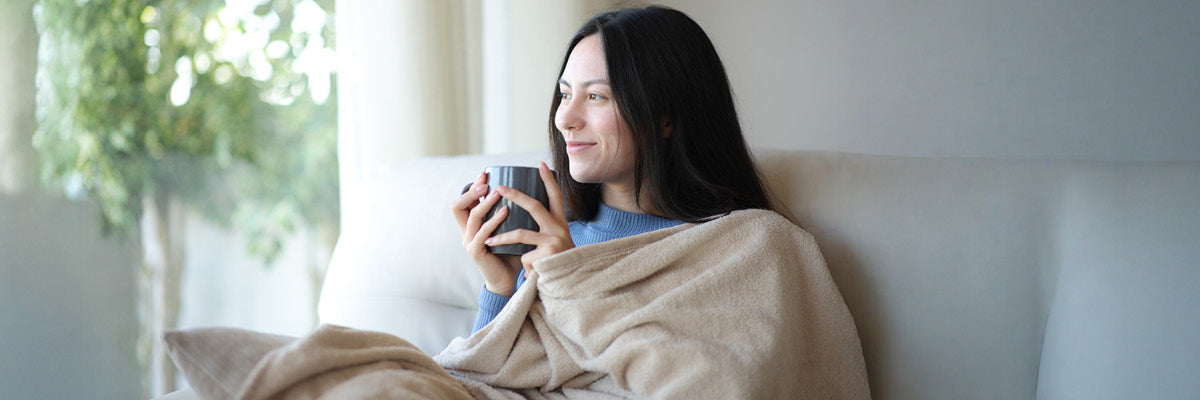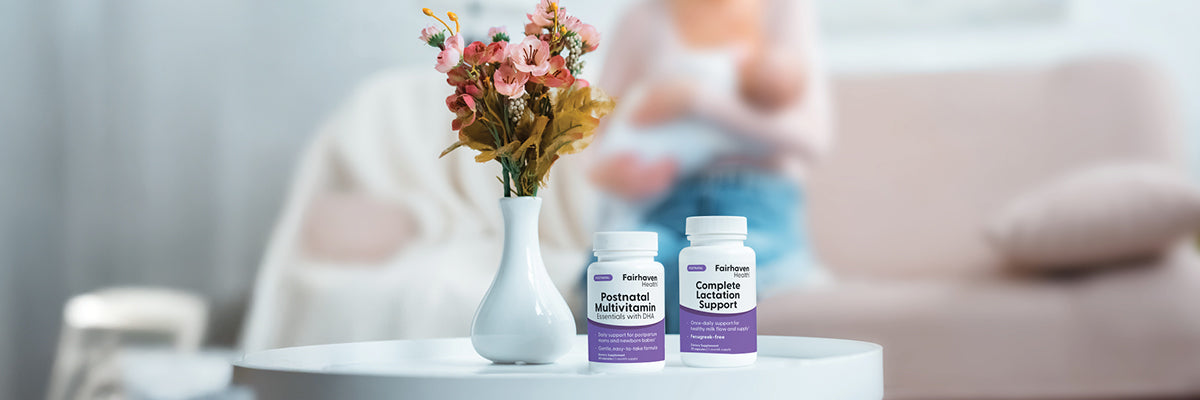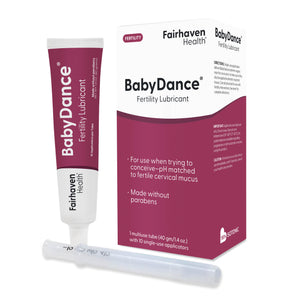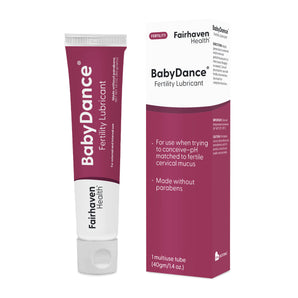Sore nipples can be a big problem for some new moms. There will naturally be some soreness when you first begin breastfeeding, but this should go away as baby gets better at latching on. If the pain continues, it is important to find out why and solve the problem. Moms with sore nipples sometimes delay feedings, and that can affect milk supply. Here are some ideas to help you solve a sore-nipple problem:
Get a Good Latch
If your nipples are sore, it is likely that baby is not latching-on properly. In most cases, baby is not getting enough of your areola into her mouth. Make sure baby is opening her mouth wide and that she has enough of the bottom part of the areola in her mouth. You may need to support the bottom of your breast to keep it from slipping out of baby’s mouth. Check our article on latching on for more tips on how to get baby latched-on correctly. It may also help to vary your breastfeeding positions.
Use Frequent, Short Feedings
Oftentimes, moms with sore nipples tend to delay feedings. This can lead to engorgement, which will certainly not help the situation. In addition, a very hungry baby is likely to be a more aggressive sucker – also not helpful for sore nipples. Instead, feed your baby often, but keep feedings shorter. This way your nipples will not get too aggravated at any one feeding. In addition, with frequent feedings, you can alternate breasts so that each breast has a longer healing period between feedings.
Breast Milk Before and After Feedings
Express a little breast milk before baby latches-on to give let-down a head start. The smell of your breast milk will also motivate your baby to get going with her feeding. After feeding your baby, express a little milk and rub it into you nipple and areola. Your milk has natural healing qualities!
Try a little lanolin
Lanolin soothes and helps to heal sore nipples. Be sure to use a medical-grade, nontoxic product that is safe for baby.
Keep Them Dry and Protect Them
Air dry your nipples, in the sun if possible. Change breast pads often to keep moisture away from your nipples. Soap can be harsh; warm water is all you need to keep your nipples clean. If your nipples are very sore, you may want to wear plastic breast shields under your bra to keep your nipples from rubbing against the fabric. Another option is to use cooling gel-breast pads. Gel pads not only create a soothing, healing environment, but also absorb leakage to keep your nipples dry.
If Nothing Seems to Help
If your nipples need a few days to heal, use a breast pump and bottle feed for three or four days. Be aware that this could cause a different problem. Babies who are bottle-fed may get nipple confusion and have more trouble latching-on when it is time to breastfeed again. Another option is to use a spoon, cup, or dropper for supplemental feedings.
If the problem persists, you may need to get help from a lactation consultant
There is also the possibility that the soreness is caused by a yeast infection (also called candida or thrush). This is especially likely if you had weeks or months of painless breastfeeding before your nipples became sore. If you suspect yeast, contact your healthcare provider.
